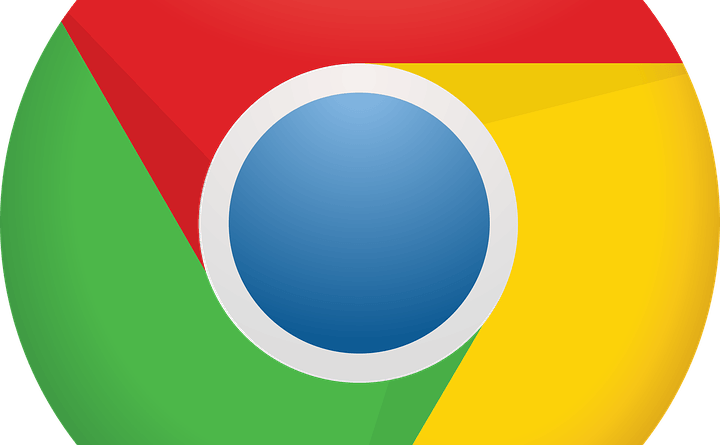A day after rolling out Google Chrome 59 for desktops, Google has started the roll-out to Android users. The Android roll-out, as usual, typically takes a while to appear on the Play Store for all users, so you should see it soon if it’s not already available.
One of the biggest features – and there aren’t that many – for Google Chrome on Android is that webpages will now load faster by 10 to 20 percent. This is something Google promised about two months ago, and they’ve followed through with Google Chrome 59.
The second major feature is that, because of the updated JavaScript engine, the browser on Android will also use less memory. For resource-constrained devices, this is a big deal.
Google is moving towards supporting low-end devices, where Android rules. One of their initiatives is to have a parallel version of Android for devices under $100, and they’re calling it Android Go. It’s not the same as Android One, since that program is aimed at mid-range devices in the $200 to $300 price band.
READ ALSO: Android One Gets Bumped Up as Android Go Goes Even Deeper into Sub-Premium Smartphone Territory
Google Chrome 59 also also brings support for animated .png (Portable Network Graphics) images.
If you’re on Android, look for Google Chrome 59.0.3071.92 to update to from the Play Store.
On desktops, Google Chrome 59 brings Material Design, something Google has been talking about for a while. Essentially, it’s geared towards providing app developers with the tools they need to create a unified UI experience across multiple platforms and devices.
We also covered some key features for Google Chrome 59 on macOS, such as native macOS notifications being used rather than the Chrome format. Read about these changes here:
Google Chrome 59 Brings Headless Chrome, But it’s Not as Gruesome as it Sounds
Google has fixed about 30 security bugs in this version of Chrome, more than half of which were reported by external researchers. For more details on the bugs that were fixed, you can visit this page.
Thanks for visiting! Would you do us a favor? If you think it’s worth a few seconds, please like our Facebook page and follow us on Twitter. It would mean a lot to us. Thank you.



